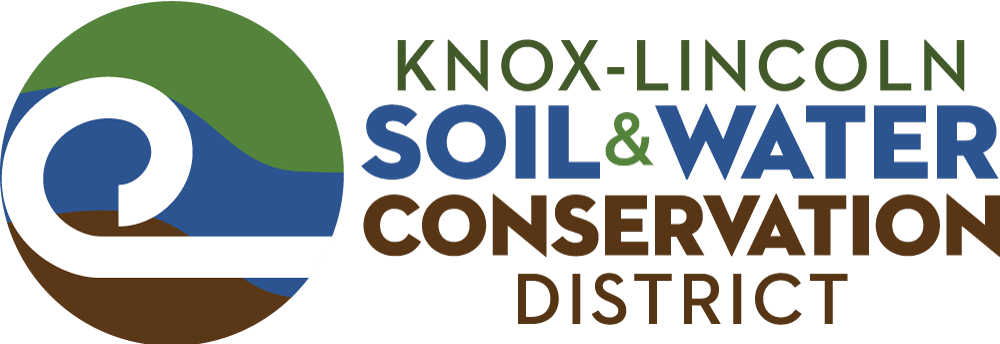Core Criteria for a Conservation Landscape
Why certify your landscape?
Biologist Doug Tallamy, author of Bringing Nature Home and Nature’s Best Hope, proposes a “Homegrown National Park” where we can all help to create the vast landscape of ecosystems needed to keep the water and air clean, keep farms and forests productive, and help birds, insects and wildlife recover from steep declines in recent years.
More than 165 million acres in this country are devoted to neighborhoods, towns, and lands where we live and work. Implementing healthy conservation practices around our homes will create an environment where birds, butterflies and other creatures can shelter, find food, raise young and migrate. For larger properties, the way farm fields, pastures, edges, landscaped areas and woodlands are managed can make a great difference in supporting a connected, healthy ecosystem that ultimately keeps the land resilient and functional.
You can choose the certificate and checklist depending on your property type (or combine these):
Residential and Small Mixed Use properties
Woodlands
Farmland (Checklist coming soon)
Parks or Conserved Lands (Checklist coming soon)
Additionally, you can just complete the 5 basic criteria, or you can add up points to measure your progress. You can reach the Aspiring Level even if you haven’t met all the criteria! And, you can work your way up to Master Conservationist through the program.
Our certification helps you ensure you’ve covered every aspect of what’s needed to truly implement conservation on your property. Covering much more than just wildlife habitat, our certification is one of the only comprehensive certifications available.
Maine Certified Conservation Properties
Sponsored by:
At-Large Conservation Sponsor
For more information regarding sponsorship opportunities, contact Julie Sells at julie@knox-lincoln.org or call 207-596-2040.
Certifying Your Conservation Landscape
Knox-Lincoln SWCD has partnered with Waldo SWCD on a Certification Program for Conservation Landscapes. This free certification program helps landowners implement conservation practices in a systematic way, with guidance and ideas from our staff and one-on-one help on their property.
You can certify your property by completing our checklist of 5 Core Criteria, which assesses conservation practices implemented on your property. Submit your checklist by attaching it to an email and sending to louisa@knox-lincoln.org or mailing it to our office at 893 West St Ste 103, Rockport, ME, 04856.
Our staff will then visit your property to assess your conservation measures and review the checklist items with you. One site visit is complimentary per landowner with additional visits at our standard technical assistance rate. There is no pass fail! This program offers a chance to measure your progress and share ideas and practices with your neighbors, friends and family.
If you are not able to complete all 5 Core Criteria right away, you can still submit your checklist to become an Aspiring Conservationist. A site visit with our staff may help you to overcome challenges and think of new ideas.
UPDATED Conservation Landscape Certification Resource Guide
Residents who complete the Conservation Landscape Certification:
Receive a certificate and document that can support other conservation work, such as working with NRCS or state agencies.
Can post our sign indicating your property is certified, which is a great way to start conversations with others about your efforts. Signs are available to be purchased for $15 to those who complete their certification.*
Will be recognized in our Annual Report and at our Annual Awards Banquet.
It’s likely your own immediate reward will be the chance to watch birds and wildlife inhabiting your land, feeding, and raising young, and seeing beautiful changes in the landscape.
Resources
If you begin by reading the book Nature’s Best Hope by Doug Tallamy, you’ll have a deep understanding of why and how to create a conservation landscape. Tallamy tells us that creating habitat on our developed lands is vital to turning the tide on the massive decline in all types of animals we are seeing now. See our Recommended Books for other worthwhile reading to get ready to steward your conservation landscape.
Our Conservation Landscape Resource Guide and links to online resources will help you get started.
*Signs are $15 after certification of property.



